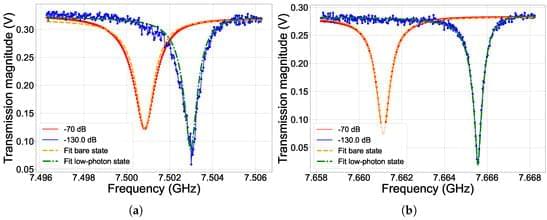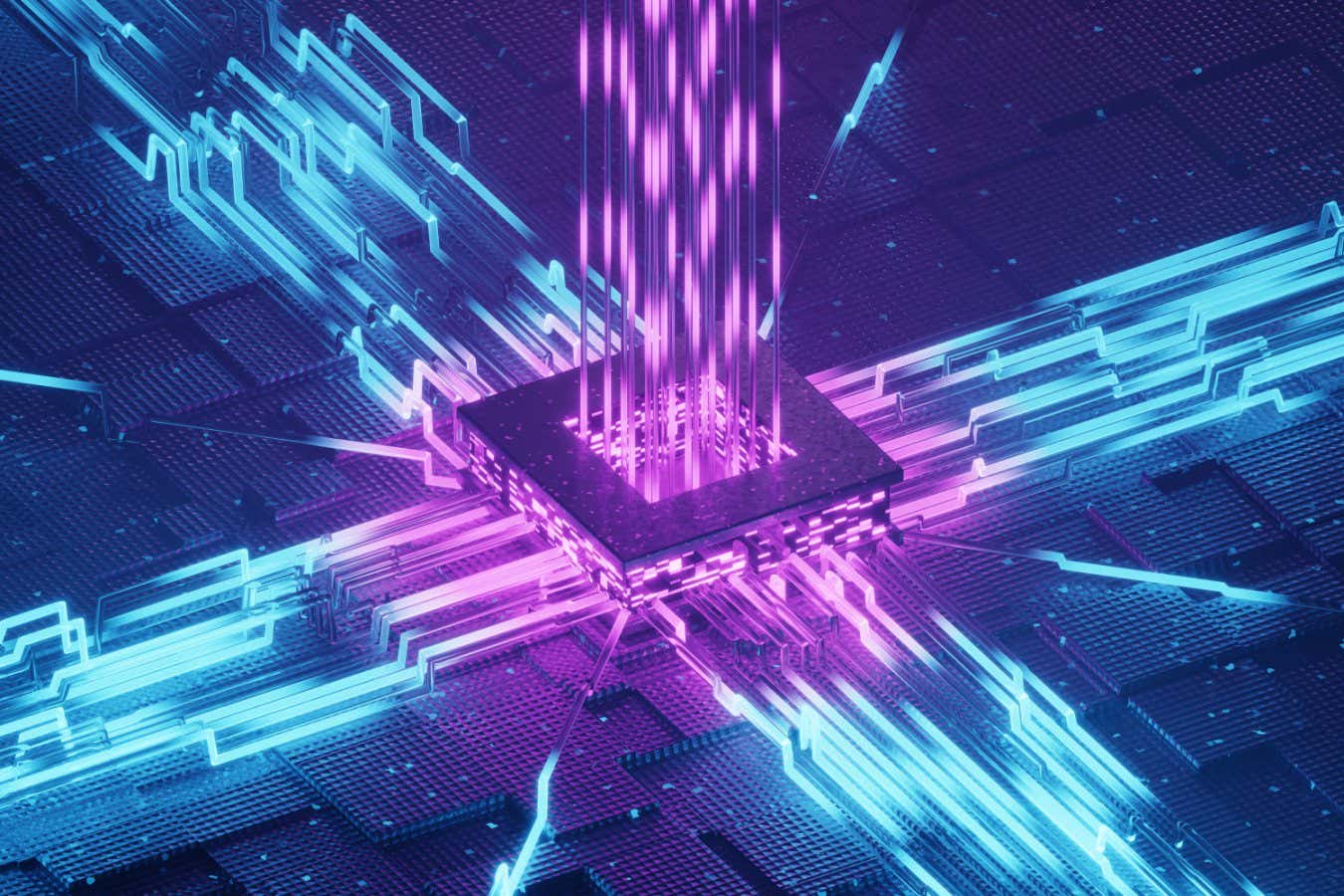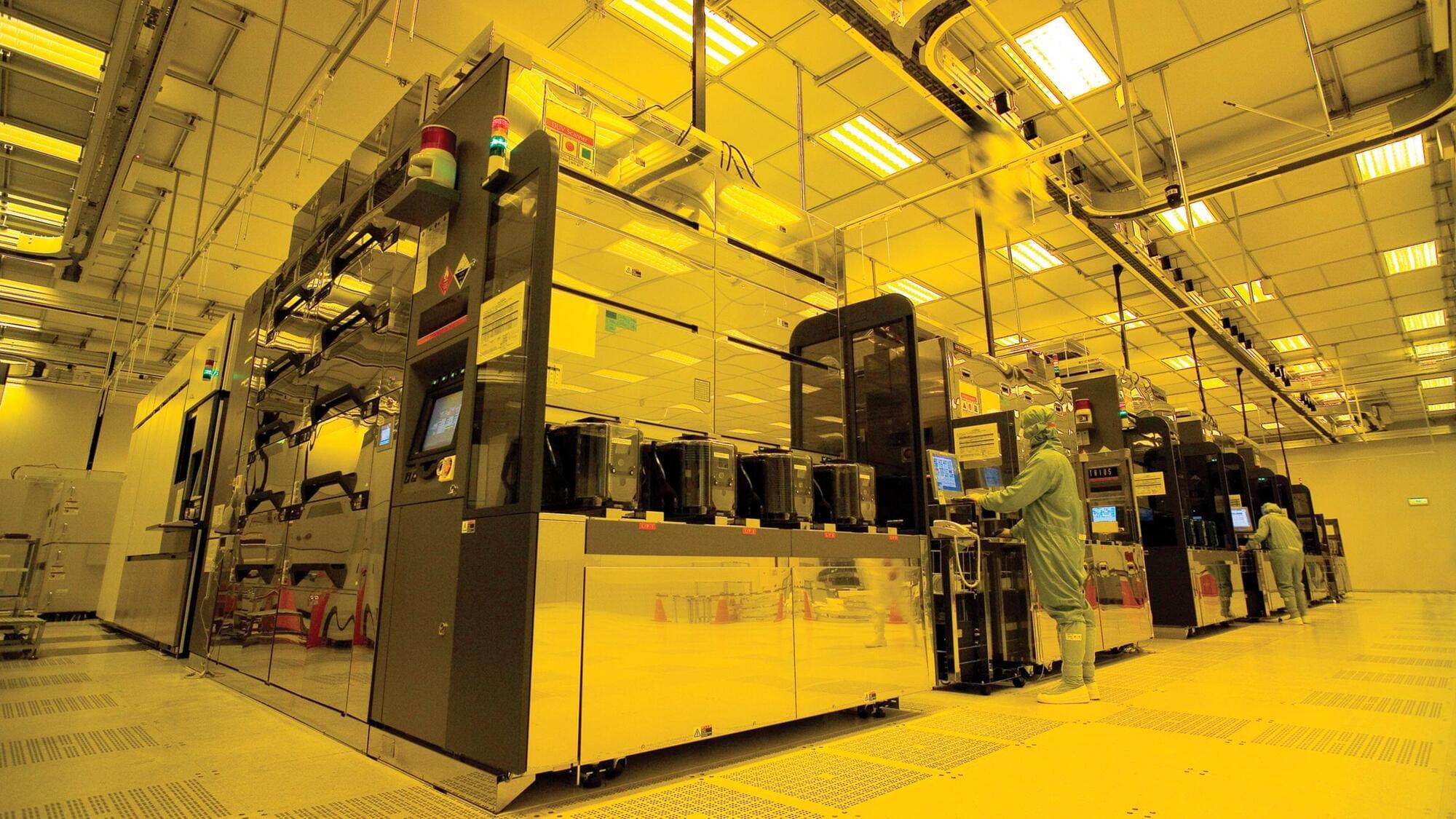The Dutch government is tightening its export restrictions on microchip-making machines, specifically deep ultraviolet (DUV) lithographic machines. A licensing requirement will apply to the export of older types of DUV machinery beginning on Saturday, a decision which primarily impacts Dutch business ASML. Foreign Trade Minister Reinett Klever cited national security concerns when announcing the measure on Friday.
According to ASML, the licensing requirement update is a technical change that mainly means that the company will apply for export licenses from the government of the Netherlands, not the United States, for two older types of DUV immersion lithography systems (1970i and 1980i). The Dutch government already implemented a licensing requirement for the newer generations of DUV machines (2000i and later) in September last year.
DUV lithography machines are the second-most advanced microchip-making machines, after extreme ultraviolet (EUV) lithography machines. Dutch company ASML is the world’s only manufacturer of EUV lithography machines and is also a global leader in the production, refurbishment, and repair of DUV lithography machines. DUV machines can still be used to make highly sophisticated microchips, and some of China’s leading tech companies, like Huawei, are actively pushing the limits of the older technology.








